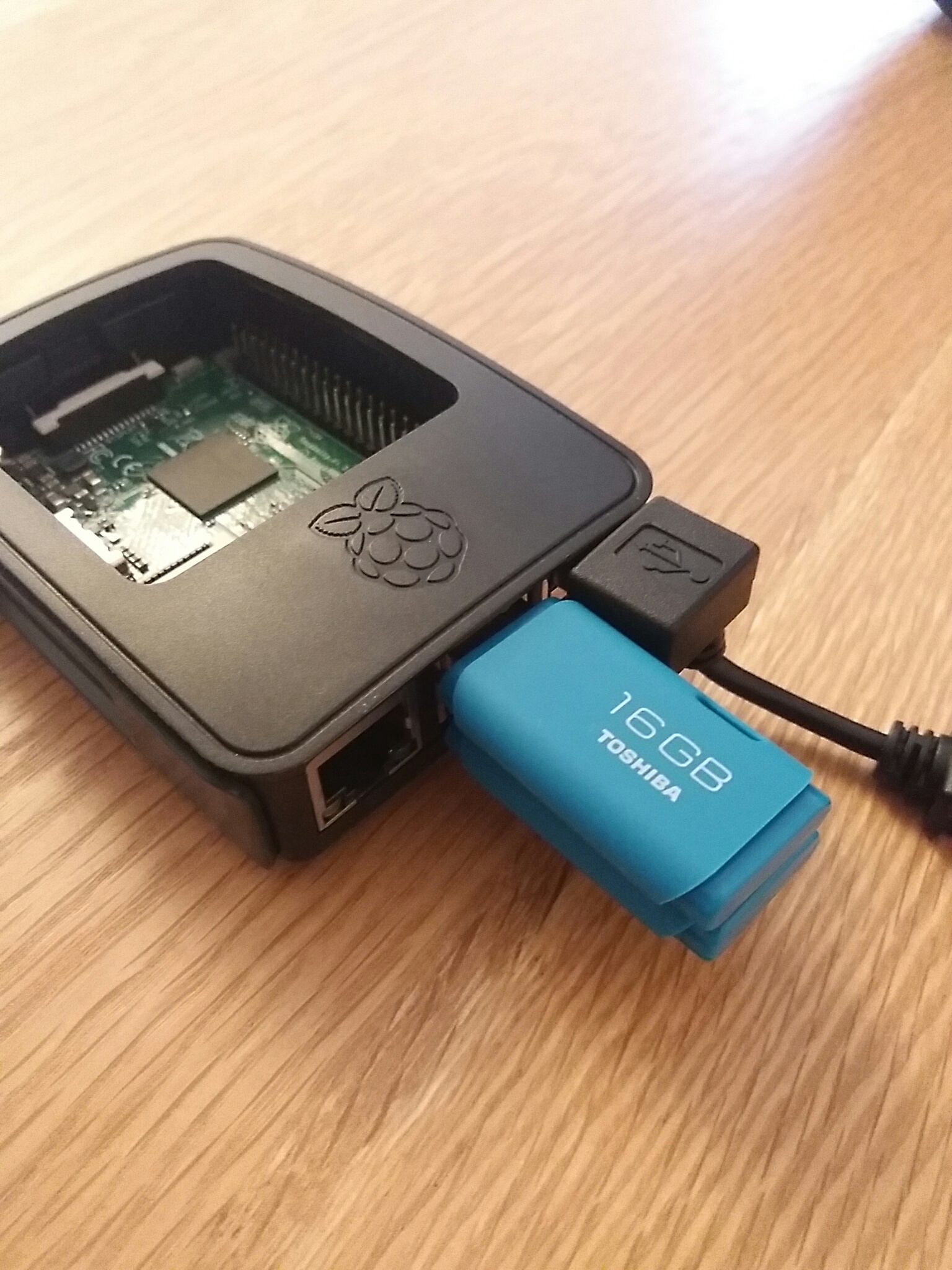
Nov 04 16:01:10 raspberrypi motion: Starting motion detection daemon: motion. Nov 04 16:01:09 raspberrypi systemd: Starting LSB: Start Motion detection. Process: 409 ExecStart=/etc/init.d/motion start (code=exited, status=0/SUCCESS) Loaded: loaded (/etc/init.d/motion generated)Īctive: active (exited) since Thu 16:01:10 CET 19min ago permission denied "Īnd then motion never start as a service.

I always get this message I attached, that said ". I have installed motion with comand line : sudo apt-get install motionĪfter I have tried to run motion as a serivce and for this I have modified the daemon configuration in /etc/default/motion where I putted daemon = yesĪnd in /etc/motion/nf where i putted daemon = on.Īfter I rebooted my Raspberry Pi and if I try to digit: Scroll down until you see the beginning of section 4.2.I have some problems with starting Motion software with my Raspberry Pi4 Model B 4 RAM. However, the majority of the file is made up of comments and instructions. Our command is: sudo nano /etc/privoxy/config The config file for Privoxy is located in: “/etc/privoxy/config.” We’ll need to use sudo to write changes to it. We need to tell it to accept connections from any other computers we decide to point at it. When it’s completed, we install Privoxy: sudo apt-get install privoxyīy default, Privoxy will accept HTTP and HTTPS connections from the computer on which it’s running. We type the following: sudo apt-get update & sudo apt-get upgradeĭepending on the vintage of your Raspberry Pi and when you last updated it, this might take a little while. The second command will only run if the first one finishes without errors. We can perform both of these tasks with a single command that uses & to chain two apt-get commands sequentially. The IP address of our test unit is 192.168.4.18, so we type the following: ssh going to install new software on a Raspberry Pi, so it’s a good idea to update the repository indexes and install any available updates. To install a Privoxy, make an SSH connection to your Raspberry Pi. Once you’ve set the browser on the various machines on your network to use the proxy, all of the administration is performed on the proxy, rather than the individual devices. Because it’s centrally managed, it’s also easy to administer. Privoxy (the privacy-enhancing proxy) allows you to sidestep a lot of that. From a privacy point of view, though, the tracking and cross-correlation of everything you do on the internet is creepy at best, and invasive at worst. Much of the content you access freely on the web is only available due to funding from adverts.


Of course, ad-blocking is a controversial topic. The hidden payload of snooping and privacy-invading cruft that often accompanies a visit to a website is removed.

Any tracking scripts, adverts, or other unwanted material is stripped, so you only receive a clean web page. The proxy frisks the web pages it retrieves.


 0 kommentar(er)
0 kommentar(er)
